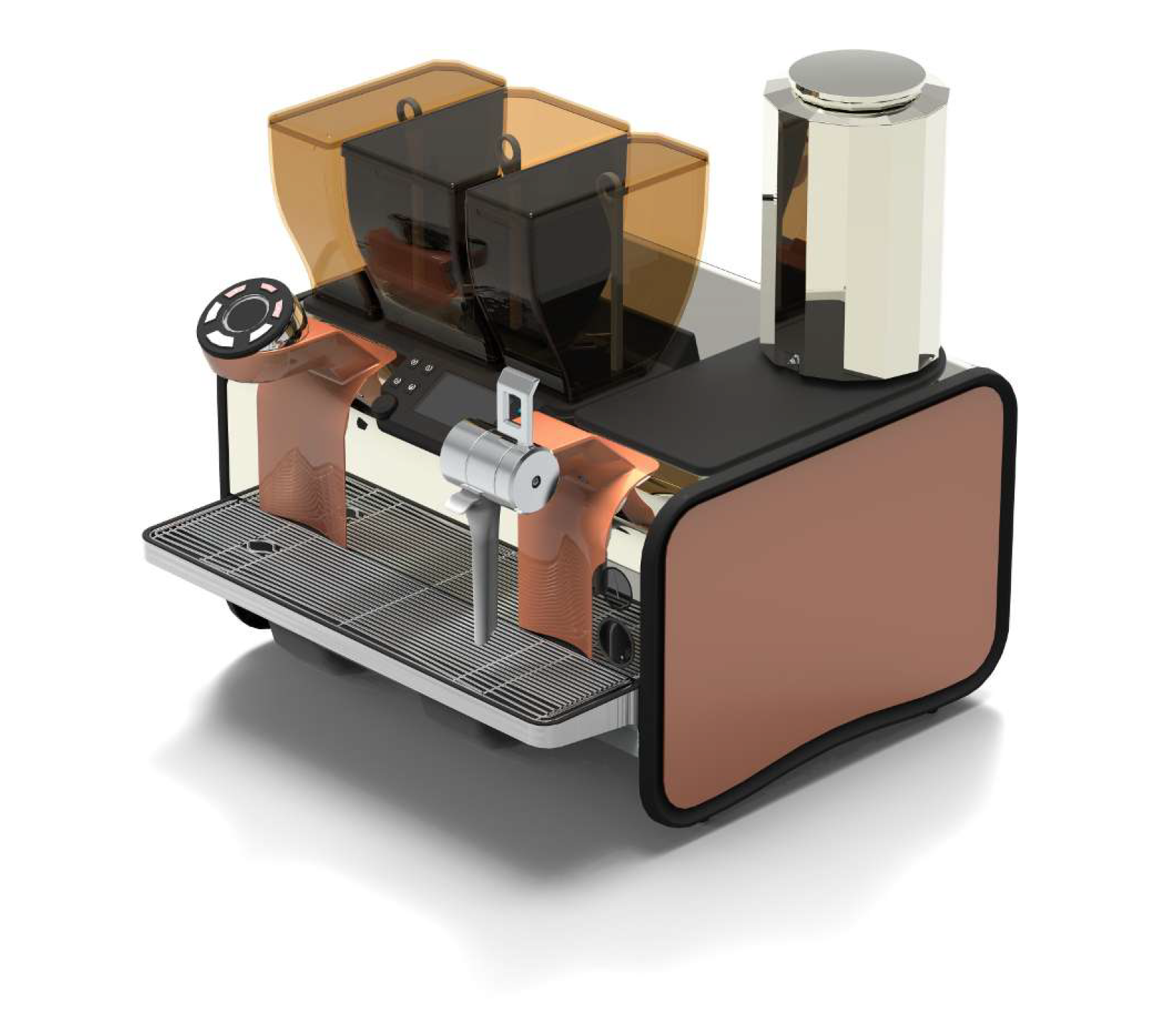A Great Year: How Thermoplan and VIXXO Trained the Entire Continent in Less Than 12 Months
/By Nick Terry, Thermoplan USA
In March of 2014, Starbucks Corporation and Thermoplan AG embarked on a mutual project to solve a series of human problems associated with coffee production in the chain’s retail stores. The solution we created is the most advanced espresso machine ever made. It makes lovely espresso, perfectly foamed milk, is incredibly reliable, and is a joy to use.
After many years of development and testing, the new machine, Mastrena II, was officially released and installations began across the US and Canada in early 2019. With nearly 16,000 stores across the US and Canada, it’s quite an undertaking to plan all those installations, so Starbucks opted to prioritize new stores and renovations for the rollout. They also tiered the installations by region so that they stared with 5 regions, two months later added 5 more regions, and 2 months later added 5 more regions. This meant that over the course of about 6 months, there would be machines all over the continent and all those machines would need to have service coverage.
To complicate things a little more, it’s not enough to only train the primary service provider, but also the secondary and in some cases the tertiary as well. That all boils down to A LOT of training in a short period of time. It also meant that we needed to be REALLY thorough in our training because if we had done our job well in engineering the machine for reliability, there would be techs who didn’t see a machine for quite some time after their training. This is an attempt to synthesize what was required to pull off this feat.
Like any large project, this would require a plan, resources (trainers and equipment), and some budget. I’ll spare you the financial details and focus on the planning, preparation, and execution.
First of all, we needed to understand what we needed to teach. Based on our past experience with training for our equipment, we had a pretty good sense that the first day would involve disassembling and assembling the machine and the second day would be more in-depth hands-on time to install the machine and then how to troubleshoot both high and low voltage electrical circuits within the machine. There would be a Skills Assessment to ensure that all attendees understood the content of the course. Anyone who did not pass the Skills Assessment would be required to re-take the class. And each class was capped at 6 attendees because any more than that and it becomes REALLY challenging to keep everyone on task and learning.
With a very clear 2-day agenda, clear learning goals, an understanding of our available trainer resources, and 10 training machines ready to travel the continent, we were ready to execute. We just had to line up our plans with those of Starbucks, who gave us an outline of all the machines they planned to install for the year.
Once this schedule was complete, it was simply a matter of making sure that machines, trainers, materials, and attendees all arrived at the same place at the same time to have a class. Thankfully, we had great coordinators at VIXXO to help with the invites and attendees, but we were still responsible for shipping whole machines every other week all over the country and making sure that we had manuals, coffee, and other materials on site to have the class. Surprisingly, we only had 2 machines not show up on time due to circumstances out of our control, and one shipment of manuals arrive late. That’s pretty impressive given that we facilitated 124 classes over the last 11 months!
So how’d we do? Well, we’ve certified over 575 technicians throughout the US and Canada in less than a year. 99% of survey respondents say that the training was either “Good” or “Excellent”, and 100% of them would recommend it. A large majority of respondents say that we balanced theory and practical work well in the course. We frequently get feedback that our instructors are great and that the class was one of the best they’ve ever attended.
And how are the machines doing? We are hitting our targets for reliability in spite of dealing with some growing pains with new production machines. In part, this is because we spent significant time engineering specifically for reliability. Feedback from baristas is nearly all positive, and the machine really does make some of the best espresso I’ve ever tasted.
Overall, I think we did pretty well. With at least 2 classes per week this year, facilitated by one of 3 full-time or 4 part-time trainers we met our ultimate goal of having trained technicians in every market where Starbucks installed a machine. That’s a huge success for us. More importantly, those techs learned enough in our course that they have been able to repair most issues without assistance.


